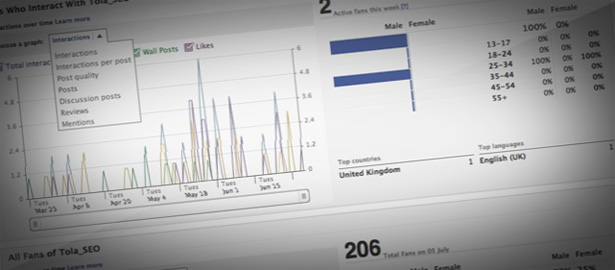There’s a lot of talk online about the strategy behind brands using social media outlets, but not a lot of leadership.
In fact, many of the companies who are charging the earth for social strategy don’t seem to have that great of a strategy themselves – you know, the smoke and mirrors types.
If you don’t have the basics right, throwing money at marketing and promotion is not going to help you a hell of a lot.
A social media strategy must be bespoke to the brand. It has to take into account the time and money available, the rules of the platforms, best practice, and local culture. It must also fit into an over-arching marketing strategy that’s not just about social.
Brands hoping to pick up an overseas stategy and impliment it into a new culture may find themselves in trouble, just as a brand who flaunts a “she’ll be right” attitude would.
So lets focus on Facebook. As a person who oversees around 130 Facebook pages with members ranging in size from the hundreds to the hundreds of thousands, there’s some basic points I’ve found will help you get it right.
Know your brand, and know what you want from the platform. Are you on Facebook to build brand awareness? Gain insights into your fans? Crowd source? Get hits to your website? Make sales? Without these very basic questions answered – and weighted – you’ll be directionless.
Focus on user engagement, not “like” numbers. Facebook provide brilliant insights. Use them to see your engagement levels, reach, and who your audience actually is. The better your engagment, the “stickier” your updates will be – meaning more people will see them. It’s pretty easy to look at a page with 10,000 fans and be envious, but is anyone actually reading and interacting with status updates? If you’re not getting any likes, wall posts, click throughs or feedback, you’re in trouble.
Keep your hide rate low, and find out why users are hiding your feed. This comes back to using Facebook insights well. If you lost a large number of subscribers one day, follow that day back on your feed. Did you update too often? Were you abrasive or overly advertorial? Once a subscriber hides your feed, it’s hard to win them back. Stay on top of your hide – and unlike – rates.
Keep tabs on what works for your subscribers. Do they ‘like’ pictures or links? Do images of faces work better than logos? At what time of day is posting most effective? Find out what works with your audience, and deliver. Track click throughs and adjust your updates according to which times, words, and link types work best with your audience.
Landing pages explicitly encouraging viewers to “like” your page. It works and it’s worth the time investment to make it happen. Add an extra like button at the bottom, especially if your landing page is long. Keep an eye on which pages are being hit. If you’re getting thousands to your landing page and few on your wall, fix your landing page.
You have a spam filter. Use it wisely. Same goes for tagging users from your status update, and writing on walls as your brand. Tread very, very carefully. Train your audience in acceptable ways to interact with your brand. Set the profanity filter if necessary.
Tips for status updates:
-
Keep them brief, and don’t update too often!
-
Listen to what your audience is talking about, and use their subjects, phrases and trends as appropriate.
-
Users are seeing the update amongst their friend’s updates, so it is easy to appear advertorial. Keep this in mind when posting a status or link.
-
Think community building first, promotion second.
-
Give subscribers a reason to interact with your update. The more they interact, the better you rank in their algorhythm, and the higher you’ll appear in their sticky feed.
Naturally there are a truckload of things you learn with experience. But you can fast-track your knowledge by correctly using Facebook insights and by paying attention to what works for your audience. Don’t be afraid to experiment, and once you’re familiar with what works, and have a happy wee community, invest some serious money in a campaign or Facebook ads.
Also – and I can’t say this enough – read Facebook’s Terms and Conditions, especially around running competitions, and what is and isn’t acceptable conduct on the Facebook platform.
Even with these few tips and tricks, I think you’ll be able to make some impact with your brands on Facebook. I’d love to hear your insights, please share what’s worked – or not worked – for you.

